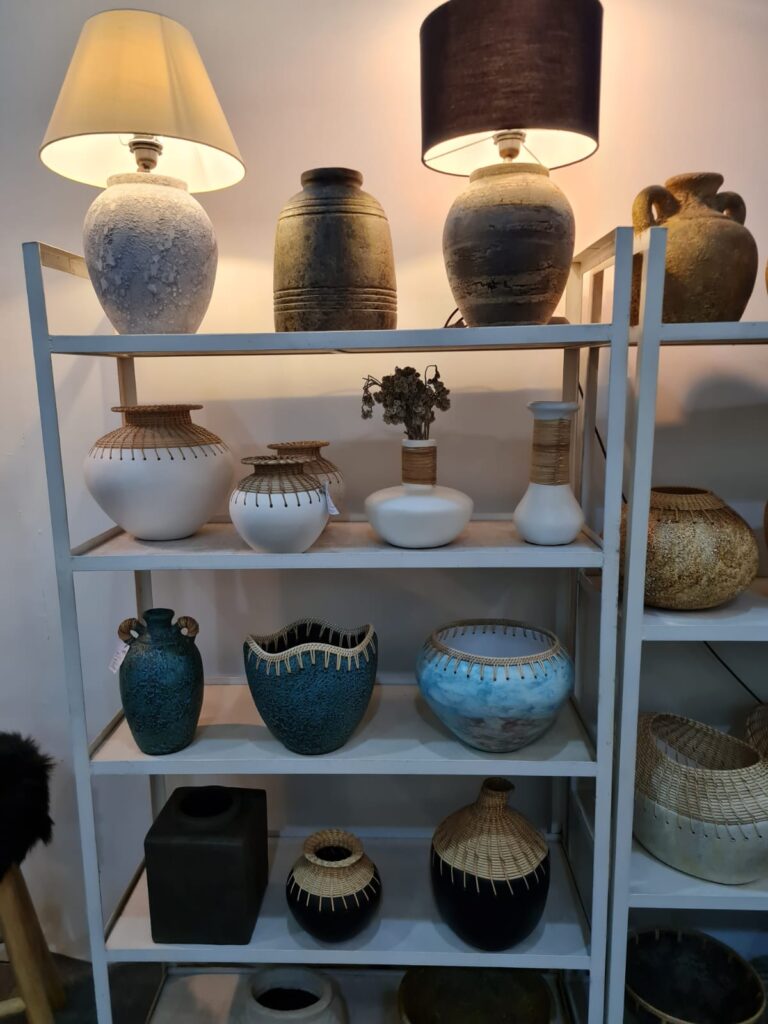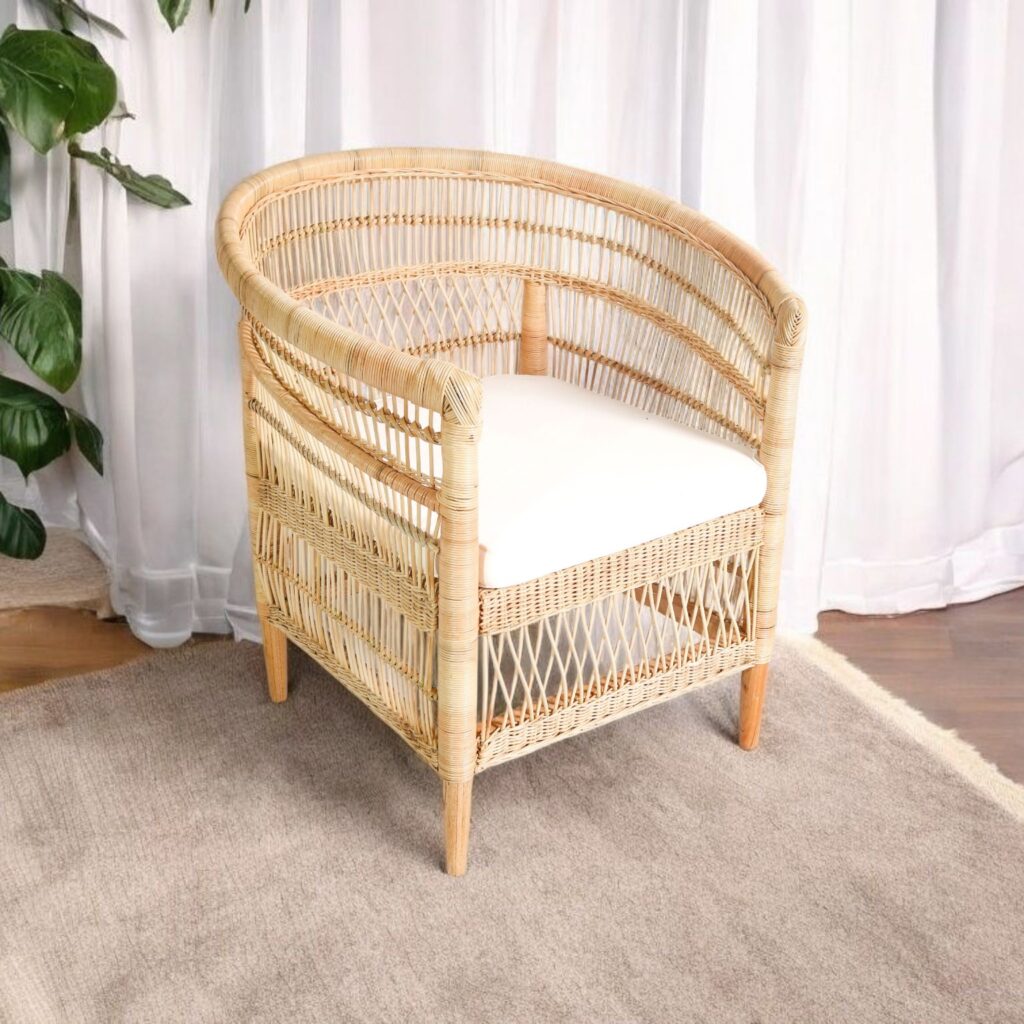Custom Furniture Design: Bring Your Style and Needs into Every Detail
In the midst of mass-produced furniture trend, custom furniture offers a different approach – a way to create a space that truly reflects your personality and needs. Our custom furniture service is for those who want more than just a ready-made product; this is a creative process that combines your personal vision with professional expertise. From concept to production, every element is designed with precision to ensure the final result meets your expectation, whether for home, office or business project. Custom Furniture Unique Custom furniture is different from mass-produced furniture because of its flexibility. You have full control over the design, from the material – like teak, mahogany or rattan – to the size, color and finish. Want a dining table that fits your room corner? Or office chair that is ergonomic and stylish? This service allows you to make it happen. The process starts with consultation, where the designer will work with you to understand your functional and style needs, and turn it into a real design. Another advantage of custom furniture is its ability to adapt to a specific space. A home with unique layout or an office with a certain theme, standard furniture often not enough. With custom approach, every inch of the space can be utilised optimally, creating harmony between form and function. This is also a great option for business projects, like cafe or hotel, that need a strong visual identity through custom designed furniture. The Process from Concept to Production Creating custom furniture is a multi-step journey. First, there’s the ideation phase, where you bring in inspiration—perhaps from a photo, sketch, or even a story about the mood you want to create. A designer then develops a preliminary design, often accompanied by technical drawings or 3D visualizations to provide a clear picture. Once the design is approved, the production phase begins. Skilled craftsmen take over, using traditional and modern techniques to ensure every detail—from the joinery to the finish—is up to the highest standards. The process requires precision and excellent communication between client and provider. Every decision, such as the type of upholstery or the level of gloss on the wood, is carefully chosen to reflect your vision. The result is furniture that is not only functional, but also carries a personal story in every curve and line. Timeless Value Custom furniture is more than just a piece; it’s an investment in comfort and identity. While it may cost more than ready-made furniture, the value it offers is far greater—uniqueness, quality, and the satisfaction of owning something that’s truly “you.” For your home, office, or business project, this service allows you to create a space that is not only beautiful to look at, but also comfortable to live in. In a fast-paced world, custom furniture invites us to slow down, design with our hearts, and enjoy the lasting results. (*)
Custom Furniture Design: Bring Your Style and Needs into Every Detail Read More »


